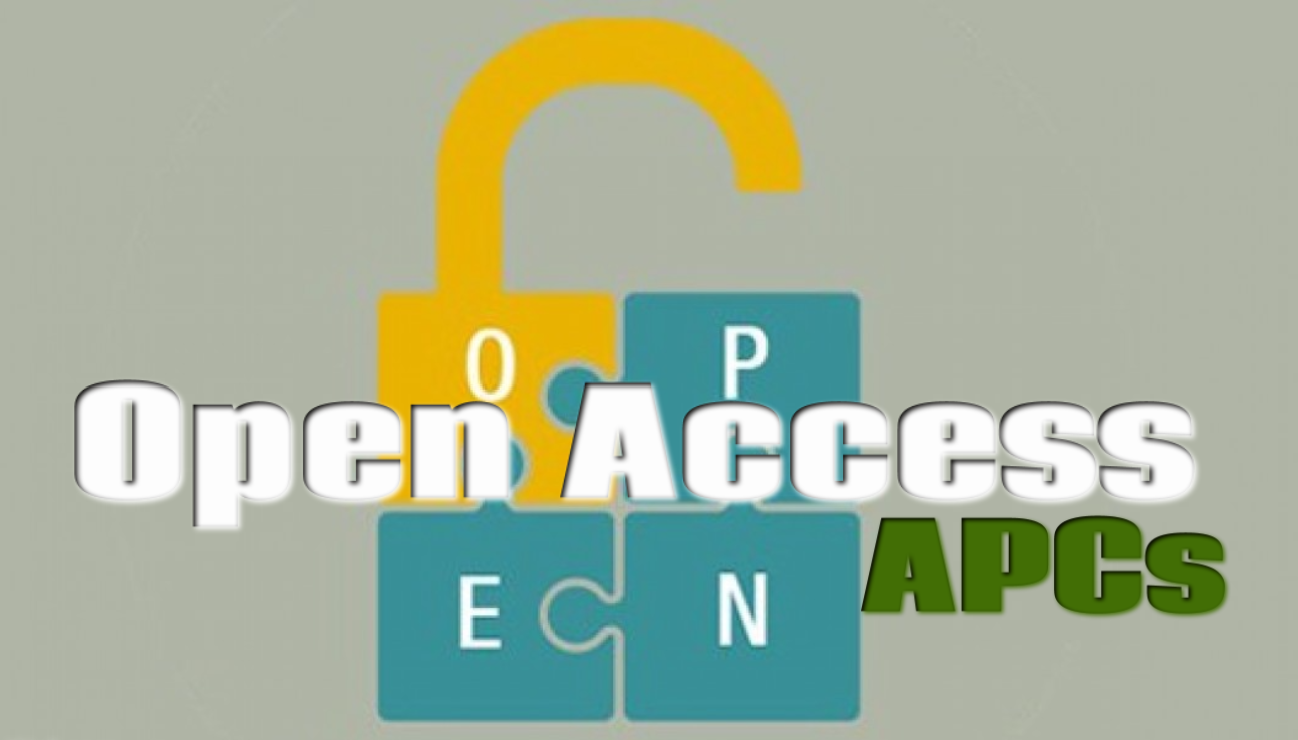
The cost of open access to Germany research and educational intuitions
There are two avenues for publishing open access articles: The Gold and Green open access. Access to open access journals is free of charge. Nonetheless, there is always cost associated with publishing or disseminating open access articles. There is no publication cost for Green open access articles- they are uploaded in institutional repositories without undergoing rigorous process of peer review and publishing. But there is a cost for depositing and disseminating articles. However, Gold open access (fully and hybrid open access journals) comes with a significant publishing cost, which is Article Processing Charges (APCs).
Average APCs
The cost usually ranges from $1000 to $3000 depending on the quality (impact factor) of journals. Yet some countries have APC cap. For instance, a maximum fee that Germany institutions pay for APCs is € 2000.
Article Processing Charges are usually covered by authors, educational/research institutions or by funding agencies. European Union makes APCs available through Horizon2020 program. Research funding agencies such as Jisc, Bill and Melinda Gates also cover APC related costs. Obviously, educational and research institutions pay millions for subscription to get access to non-open access journals. On top of this, some institutions pay APCs. This cost can be significant to institutions. However, how significant this cost is? This is the question that Najko Jahn and Marco Tullney’s study attempted to address.
The Cost of Open Access
For instance, between 2005 and 2015 Germany educational and research institutions paid APCs amounted to € 9,627,537 to cover APCs for 7,417 articles. Out of the total paid for APCs, €3,661,120 (2,856 articles) came from Max Planck Institute. Most of the APCs went to fully and hybrid open access journal publishers. Springer Nature and Public Library of Science (PLoS) received about 54 per cent of the APCs from Germany institutions.
Study by Najko Jahn and Marco Tullney revealed that hybrid journals charge more APCs than fully open access journals. They found out that Germany institutions prefer to publish on fully open access journals. In contrast, the UK and Australian institutions mostly pay APCs to hybrid open access journals.
As indicated above, research institutions are spending significant amount of money to realize open access. What is not clear yet is that how much this effort is encouraging researchers to publish on either fully or hybrid journals. Source
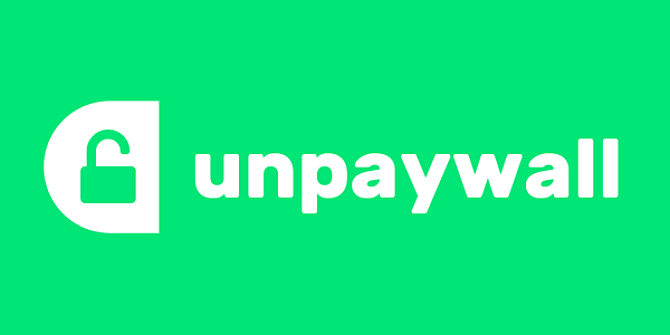
Impactstory, a nonprofit organization working to advance open access, has unveiled Unpaywall a browser plug-in that gives users easy access to electronic open access scientific articles. This plugin, according to Futurism, scans more than 90 million open access articles with Digital Object Identifiers (DOIs).
Unpaywall’s plug-in is compatible with Chrome and Firefox web browsers. It is funded by the National Science Foundation and the Alfred P. Sloan Foundation.
Unpaywall assigns a lock with different colors to what it discovers. If the lock on the right side of the screen is green, the full text of an article is accessible. Otherwise, it shows gray lock- means the article is still locked behind a paywall.
Unpaywall claims that most of the times (50 to 85%) the plug-in enables users to get what they are looking for for free. However, this can only be verified by independent researches.
This plugin has some weaknesses. For instance, it does not tell if the article is behind the paywall or not while it is still in the list of items displayed by search engines; for example, in the Google Scholar search results. You have to click the article (navigate to the publishing journals’ landing page) to see either the green or the gray lock. Moreover, in many cases what Unpaywall identifies as open access article with the green lock is already, in most of the cases, shown under Google Scholar search results as open articles by indicating the existence of PDF files. Furthermore, Impactstory does not provide a possibility to directly search its database to discover all open access articles readily available for download. It depends on results from other search engines.
Moreover, in most of the cases, Unpaywall shows results from Gold open access (published by paying article processing charges) and green open access (uploaded by authors). Articles which are not under both categories cannot be accessed through Unpaywall. It cannot give access to, for instance, papers under embargo period which typically last up to one year. Most of what are available through Unpaywall are pre-prints. Though it is illegal, it is Sci-Hub that truly tears paywall down.
There are a lot in common between Unpaywall and OA Button, which is already in existence since 2013. Nonetheless, there are other distinct not for profit organizations such as Oalibrary.org and Oalib.com offering direct access to millions of open access articles. Sources
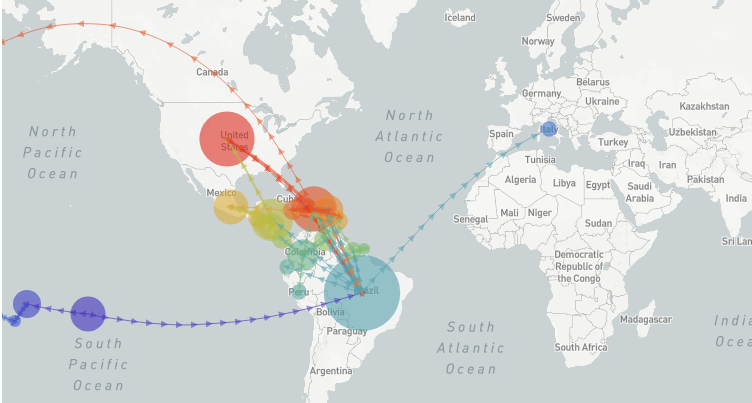
Nextstrain.org wins Open Science Prize
Nextstrain.org, a website that enables researchers visualize and track virus evolution in real time, has won Open Science Prize. Nextstrain.org’s model integrates shared and open data from various global research teams to facilitate pathogen surveillance and epidemiological investigations, PLOS reports.
Currently, Nextstrain.org is tracking the evolution of Ebola, Zika, Avian Influenza and Influenza viruses. Its data set comes from data that scientists deposited in Genbank or posted to lab websites or GitHub.
The main goal of the website is to improve epidemiological understanding and improve outbreak response.
According to PLOS, Trevor Bedford, the leader of the team that won the prize says that sharing data publicly and quickly may have a potential for real world impact.
Open Science Prize is an initiative of the US National Institutes of Health (NIH), Howard Hughes Medical Institute (HHMI) and Wellcome Trust. Those organizations fund research and advocate for open access to scientific publications. Moreover, they provide financial support for authors to encourage them publish their research output on open access platforms. See sources
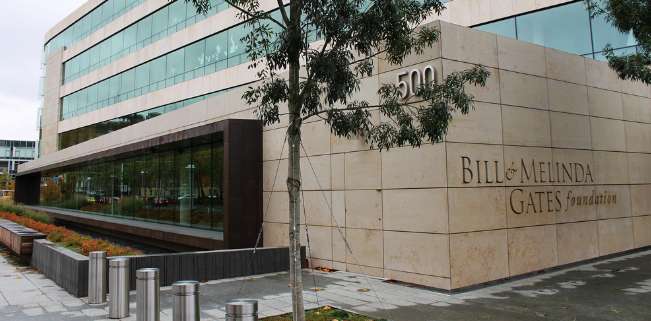
The Bill & Melinda Gates Foundation launched the Gates Open Access, an open access publishing platform, the Nature report shows. With this platform, the Gates Foundation hopes to accelerate publication of articles and data.
The Foundation does not play editorial oversight and it contracted management of publishing services to F1000Research, an organization that is known for quickly publishing open access articles. The foundation provides article-processing charges (APCs), which ranges from $150 to $2500. All articles are subjected to post-publication peer review processes.
The Gates Foundation particularly wants to provide help to authors in developing countries. It also believes that this platform will help to protect authors against predatory publishers out.
The UK-based Wellcome Trust, a research funding agency, has been using similar approach. The European Commission (EC) is also considering to implement a similar strategy.
This new initiative demonstrates the Gates Foundation’s commitment to research and research output dissemination.
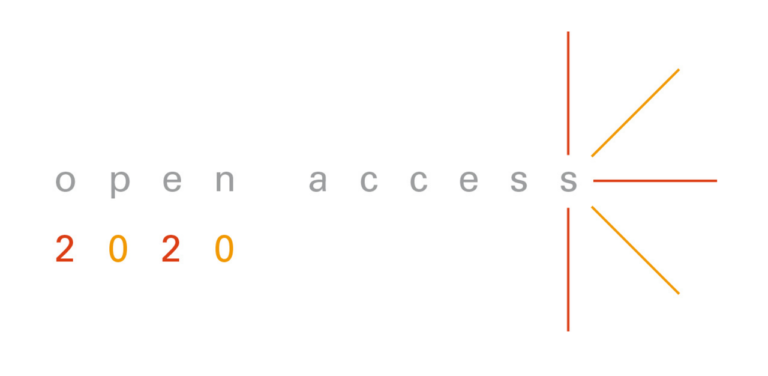
Berkeley | The University Library at UC Berkeley took a major step today in its commitment to achieving universal open access for scholarly journal literature by signing the OA2020 Expression of Interest, in collaboration with UC Davis and UC San Francisco.
OA2020 is an international movement, led by the Max Planck Digital Library in Munich, to convert the entire corpus of scholarly journal literature to open access by the year 2020. Open access promotes free, immediate access to research articles and the rights to use these articles to advance knowledge worldwide. OA2020 is a framework to achieve open access, and one solution for the rising costs of subscription journals and the need for reduced barriers in accessing and reusing information.
“Our mission, as scholars and educators, is to generate new knowledge for the benefit of the world,” explains Jeffrey MacKie-Mason, university librarian and professor of economics and information. “Much of the world can’t read our publications. They can’t get access because they can’t afford it. As the nation’s premier public research university, we need to be leaders in the effort to change that.”
When an institution joins the OA2020 movement, it agrees to make a good faith effort to devise and implement practical strategies and actions for attaining universal open access for scholarly journal literature. OA2020 provides the flexibility for institutions to define for themselves how they will repurpose their journal subscription funds to support open access publishing.

